South Sulawesi, MINA – High rain intensity accompanied by strong winds and tidal waves on Tuesday caused floods and landslides in several areas of South Sulawesi. There are eight people died, four missing and on Wednesday morning that the flood displaced at least 2,121 people.
“The dead people were found in Jeneponto district five people and Gowa three people, while the missing victims were in Jeneponto three people and Pangkep one person,” said National Disaster Mitigation Agency (BNPB) spokesman, Sutopo Purwo Nugroho on Wednesday.
According to the temporary data from Indonesian National Disaster Mitigation Agency (BNPB) until Wednesday at 14.00 WIB, the floods hit nine districts of Jeneponto Regency, Gowa, Maros, Soppeng, Barru, Wajo, Bantaeng, Pangkep, and Makassar.
Sutopo said there are still many areas affected by floods. Emergency handling and data collection are still being carried out so that data updates can be changed.
Also Read: Imam Yakhsyallah Highlights Ummah Unity as the Core Path to the Liberation of Al-Aqsa
In addition, the process of evacuation, search, rescue, and distribution of aid are still ongoing.
Indonesia Government has ordered to dispatch logistics aid and rescue officers to six districts and a city in South Sulawesi Province hit by flash floods. The team has moved to the locations. Some 450 personnel will help the process to evacuate flood victims.
Meanwhile, the logistics aid worth Rp 874,517,200 comprises food, beverages, blankets, kitchenware, and clothing, among other things.
Sutopo said, the floods are caused by overflowing of some rivers, including the Topa river, Allu, Bululoe, Tamanroya, Kanawaya, and Tarowang Rivers.
Also Read: Prof. El-Awaisi Urges Participants to Continue Spreading Baitul Maqdis Culture
In addition to heavy rains, floods were also caused by the opening of the Bili-Bili Reservoir because the volume of water in the reservoir continued to increase.
The flood also caused two bridges, Jenelata bridge, and a bridge in Limoa Hamlet district severely damaged. Moreover, landslides in several places closed roads and damaged several houses.
Sutopo explained the missing victims are still being searched and the condition of the rain that is still ongoing, so affected area by flooding is quite difficult in handling.
Previously, Indonesian Meteorological, Climatological and Geophysical Agency (BMKG) spread early warning of heavy rain during January 23-30. Most of Indonesia’s rainy peaks lasted from January to February 2019.
Also Read: Thousands Arrive for “1,000 Volunteers for Gaza Reconstruction” Assembly in Jakarta
Sutopo also explained statistically, from the data of disaster events during the last 20 years showed that January and February are the peaks of hydro-meteorological disasters, namely floods, landslides, and tornadoes. (T/Sj/R04)
Mi’raj News Agency (MINA)
Also Read: KH Anwar Iskandar Re-Elected as Chairman of Indonesia’s Ulema Council for 2025–2030





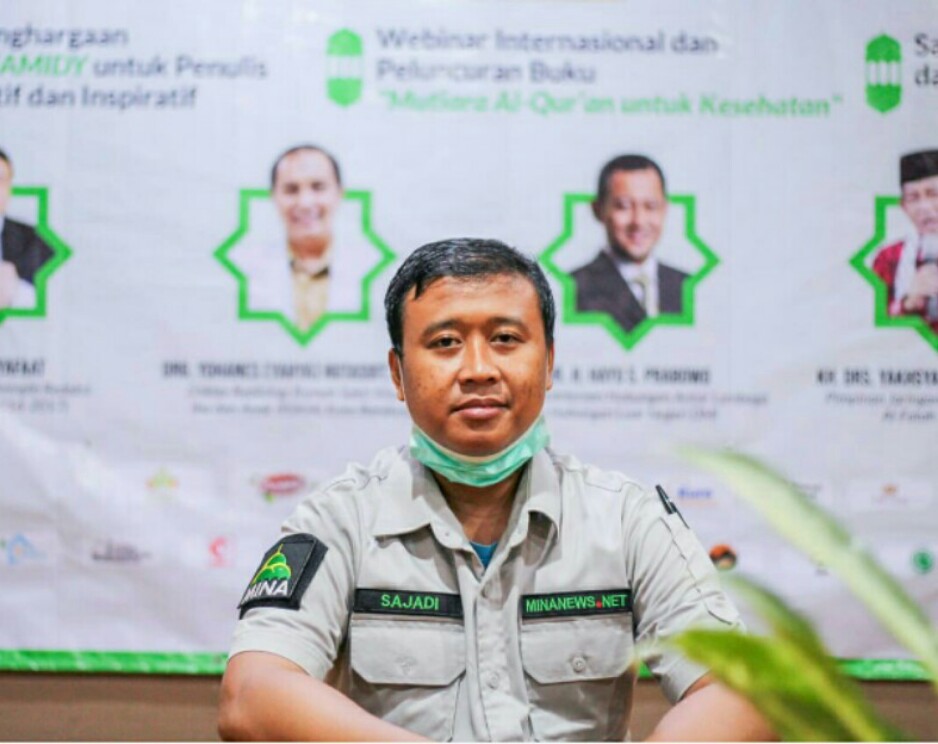
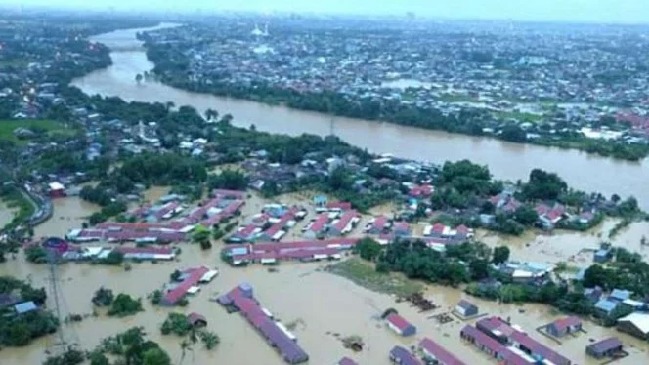


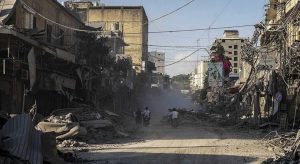
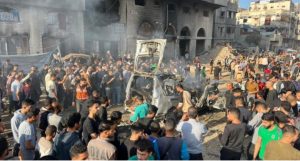


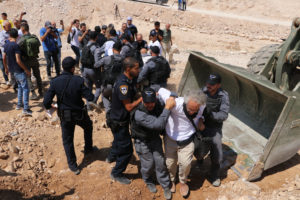

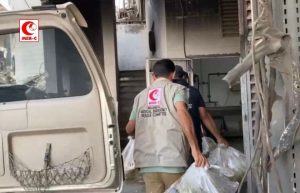

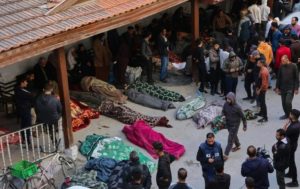
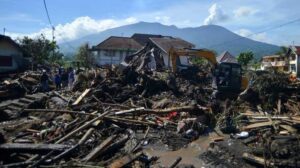
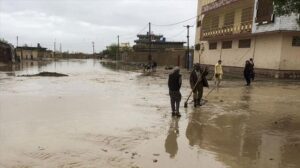
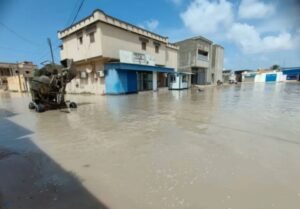





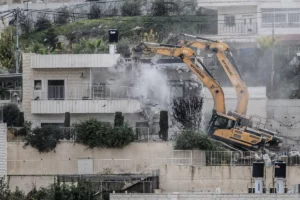
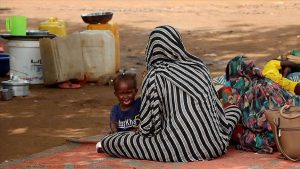






 Mina Indonesia
Mina Indonesia Mina Arabic
Mina Arabic